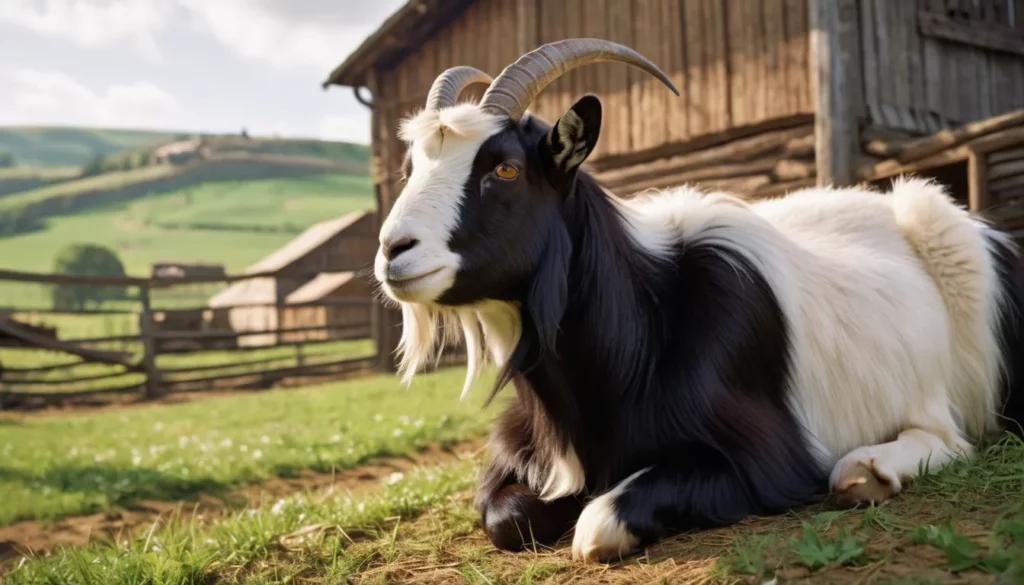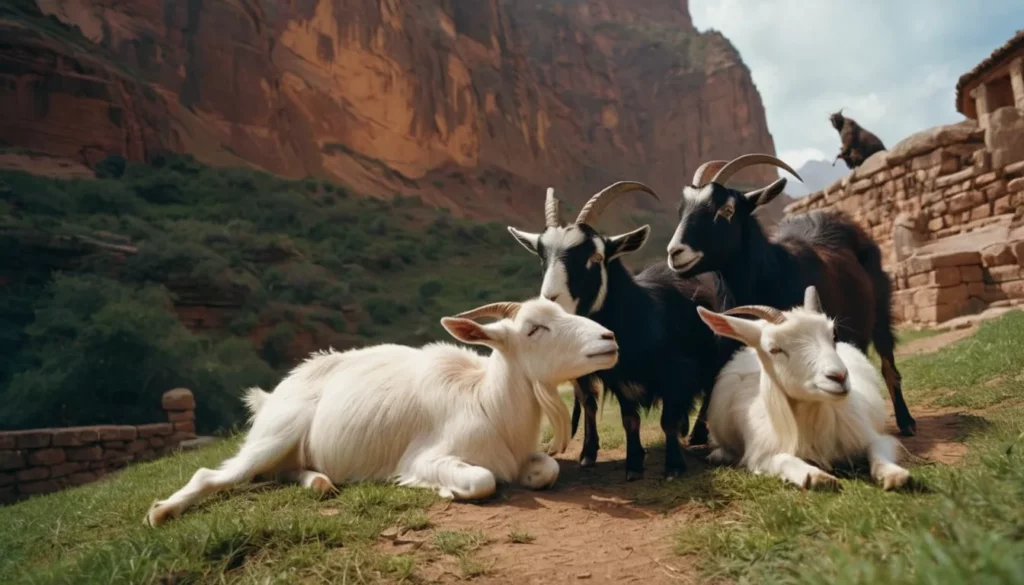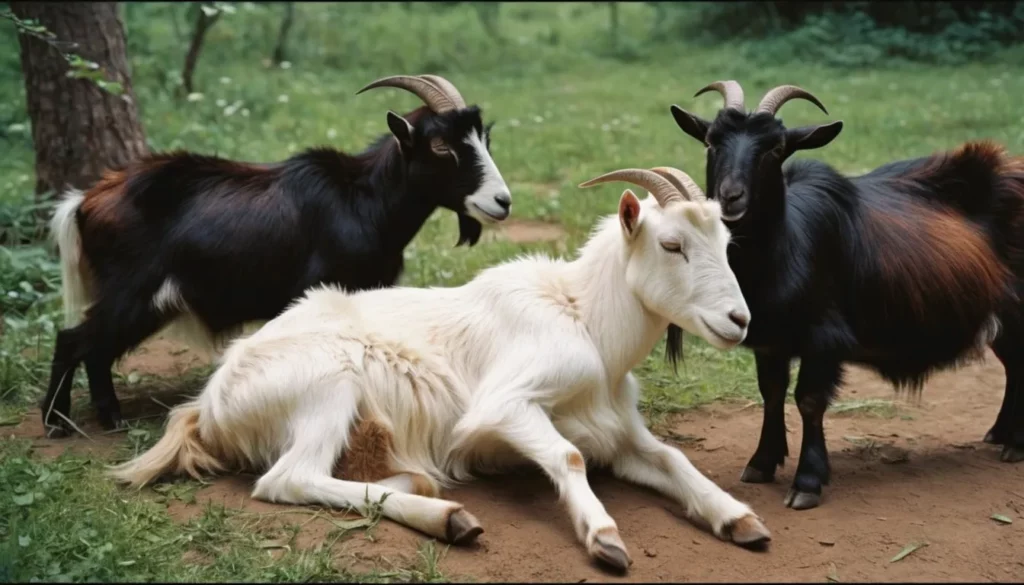How Much are Fainting Goats? A Comprehensive Cost and Care Guide

Fainting goats, also known as Myotonic goats, are captivating creatures with a rich history and unique characteristics. Originating from the United States, these goats are famed for their peculiar “fainting” trait, caused by a hereditary genetic disorder known as myotonia. While these goats have gained popularity for their distinct behavior, it’s essential to understand their cost, care requirements, and benefits before considering them as an addition to your farm or family.
History and Origin of the Fainting Goat

Myotonic goats first appeared in the USA in the 1880s. Their unique “fainting” ability is attributed to the muscle stiffness they experience when surprised or excited. Despite their American origins, the exact commencement of their breed remains shrouded in mystery. While commonly kept as pets due to their affable nature, some also rear them for their meat and milk.
Determining the Cost of Fainting Goats

The price of a Myotonic goat varies based on several factors:
Age and Price Correlation
The age of a goat plays a crucial role in determining its cost. Typically, goats that are in their prime reproductive years command higher prices. For instance, 2-3-year-old goats, being the most fertile, tend to be pricier.
Gender Differences in Pricing
Females, known as nannies, generally fetch higher prices owing to their ability to reproduce. Although bucks can also be on the pricier side due to specific factors, female goats are usually in higher demand and thus, often have steeper prices.
Weight and its Influence on Price
Fainting goats, prized for their superior meat-bone ratio compared to other goat breeds, often have their cost influenced by weight. As such, heavier goats, indicative of more meat, tend to be more expensive.
Body Condition
A goat’s overall health and physique significantly affect its market price. As expected, healthier goats with robust body conditions command higher prices than their frail counterparts.
For a ballpark figure, younger fainting goats usually range between $300-$500. Pets, specifically fainting goats, might be priced between $50-$100, while those without a pedigree typically cost anywhere from $200-$400.
Costs Associated with Raising Fainting Goats

Beyond the initial purchase, raising a Myotonic goat comes with its set of recurring expenses.
Dietary Expenses
Fainting goats, like all goats, thrive on a balanced diet. Their primary diet consists of hay and pasture, which can cost an owner approximately $15-$20 monthly. Moreover, to ensure the goats produce quality meat and milk, it’s essential they receive all vital vitamins and minerals, including calcium, phosphorus, zinc, iodine, and more. This addition to their diet can vary in cost, depending on the provider and region.
Medical Expenditures
Annual medical costs for a fainting goat can fluctuate based on the goat’s health. While healthier goats necessitate fewer vet visits, it’s safe to budget between $50-$250 annually for medical expenses.
Infrastructure Costs
Raising goats requires proper fencing to ensure their safety. A basic fence for a space of about 250 sq. feet could start from $50, with higher-end options going up to $600. Additional costs might include feeding and watering pots, which can range from $18 to $45.
Where to Acquire Fainting Goats

Owing to their unique characteristics, fainting goats can be slightly challenging to locate. However, several reputable breeders in the USA specialize in Myotonic goats. Among the most prominent are the American Fainting Goat Organization and The International Fainting Goat Association. Both of these entities have played pivotal roles in promoting and preserving the Myotonic goat breed.
Frequently Asked Questions
Is the Fainting Phenomenon Harmful?
No. While it may appear alarming, the fainting episode doesn’t harm the goat. The temporary stiffness they experience isn’t painful.
Can You Have a Fainting Goat as a Pet?
Yes, fainting goats can make great pets! Fainting goats can be kept as pets since they are docile, easy to care for, and their fainting is not harmful.
How Long Do Fainting Goats Live As Pets?
On average, a fainting goat lives up to 12 years. With optimal care, some can even reach up to 18 years of age.
How Long Do Fainting Goats Last?
The “fainting” episode typically lasts for a few seconds to a couple of minutes, after which the goat will recover and stand up as if nothing happened.
Concluding Thoughts
Fainting goats, with their unique traits and affable nature, are a valuable addition to any farm or household. While they come with their set of expenses, their companionship, and potential returns, in terms of meat or milk, often outweigh the costs. Moreover, with the right care and attention, these goats can lead long, fulfilling lives, providing joy and utility to their owners.





